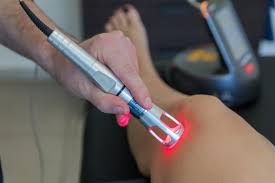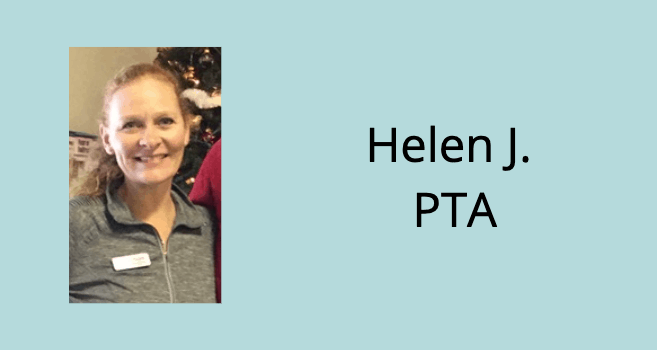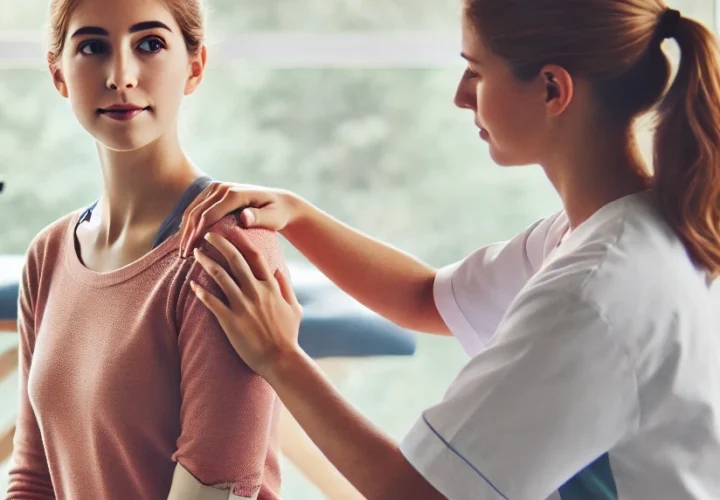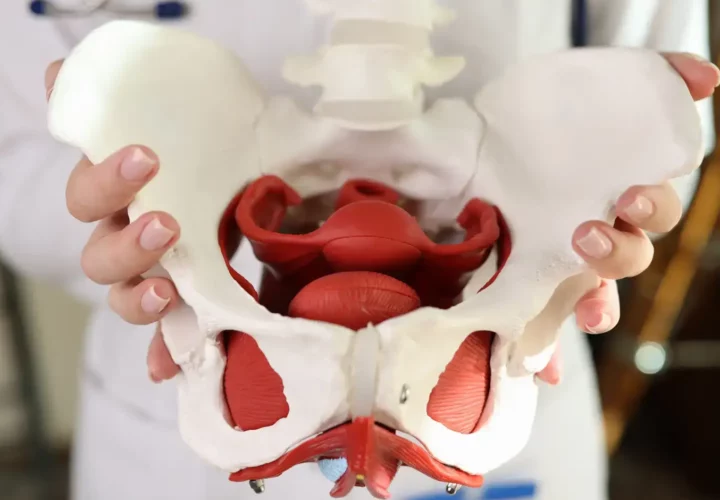Achilles Tendinopathy is one of the most common foot and ankle overuse injuries that present with pain, swelling and impaired function. A tendon attaches muscle to bone and in this case the Gastroc complex (calf muscles) to the calcaneus (heel bone). Achilles injuries are common in individuals who participate in activities such as running, jumping, and hill walking. Insertional tendinopathy at the heel is more common in higher level athletes whereas chronic Achilles tendinopathy is more common in elder, obese and less active adults.
If left untreated the tendon can become thickened, uneven, and calcified. This could become irreversible and debilitating. Blood supply to the Achilles varies between areas and a persons age. The insertion point at the heel is the least vascularized area at any age.
So how do we address this?
The first acute phase is most importantly REST. Through immobilization and bracing though, prolonged immobilization should absolutely be avoided. A graduated heel lift may alleviate pressure at the insertion point. Low level eccentric loading with rapid calf strengthening is effective in early rehabilitation. This prevents stiffening and encourages elongation of the tendon. Re-injury which will likely occur if one doesn’t allow sufficient recovery times between workouts.
Laser therapy can be effective with tendinopathy. It sends light photons into the injured tissue to stimulate and energize at a cellular level for repair and strengthening. (We do this here at Hohman Rehab).
Gentle cross friction massage can create mild stimulation of natural tissue repair mechanisms. But “deep” massage should be avoided as it can ultimately cause aggravation to the region.
For further information, please contact one of our trained Physical Therapists at Hohman Rehab, who can guide you in the correct biomechanics and appropriate gradual loading of the tendon for optimal recovery.



